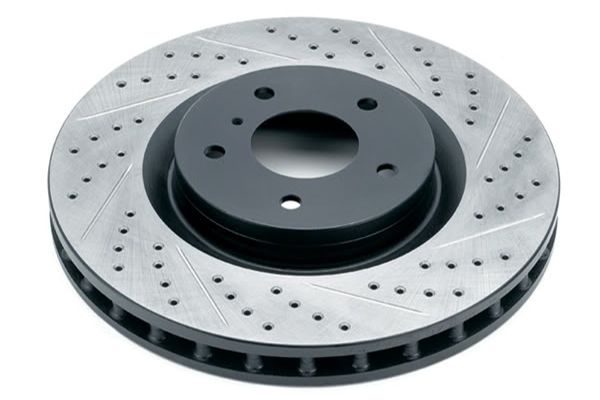Let us keep your brakes in full safe working order!
How do your brakes work?
In a hydraulic brake system, when the brake pedal is pressed, a pushrod exerts force on the piston in the master cylinder, causing fluid from the brake fluid reservoir to flow into a pressure chamber through a compensating port. This results in an increase in the pressure of the entire hydraulic system. This forces fluid through the hydraulic lines toward one or more calipers where it acts upon one or two caliper pistons sealed by one or more seated O-rings which prevent the escape of any fluid from around the piston.
The brake caliper pistons then apply force to the brake pads, which pushes them against the spinning rotor, and the friction between the pads and the brake disc causes a braking force to happen, slowing the vehicle.
Subsequent release of the brake pedal/lever allows springs to return the master piston back into position. This relieves the hydraulic pressure on the caliper, allowing the brake piston in the caliper assembly to slide back into its housing and the brake pads to release the brake disc.
Why is it important to keep your brakes checked?
Keeping your brakes in good condition is important for safe use of your vehicle, your brakes are checked as part of your MOT but they can go wrong at any point throughout the year.
A few symptoms of a faulty brake system are:
1. A metallic grinding noise when braking
2. A soft or spongy brake pedal
3. leaking brake fluid from the caliper or master cylinder
4. Loss of braking effectiveness
If you experience any of these symptoms you should get your brakes checked immediately.
Based in Chelmsford we work throughout Essex and the surrounding area, contact us via phone, email or our contact page to arrange a booking.
Call Us Now
